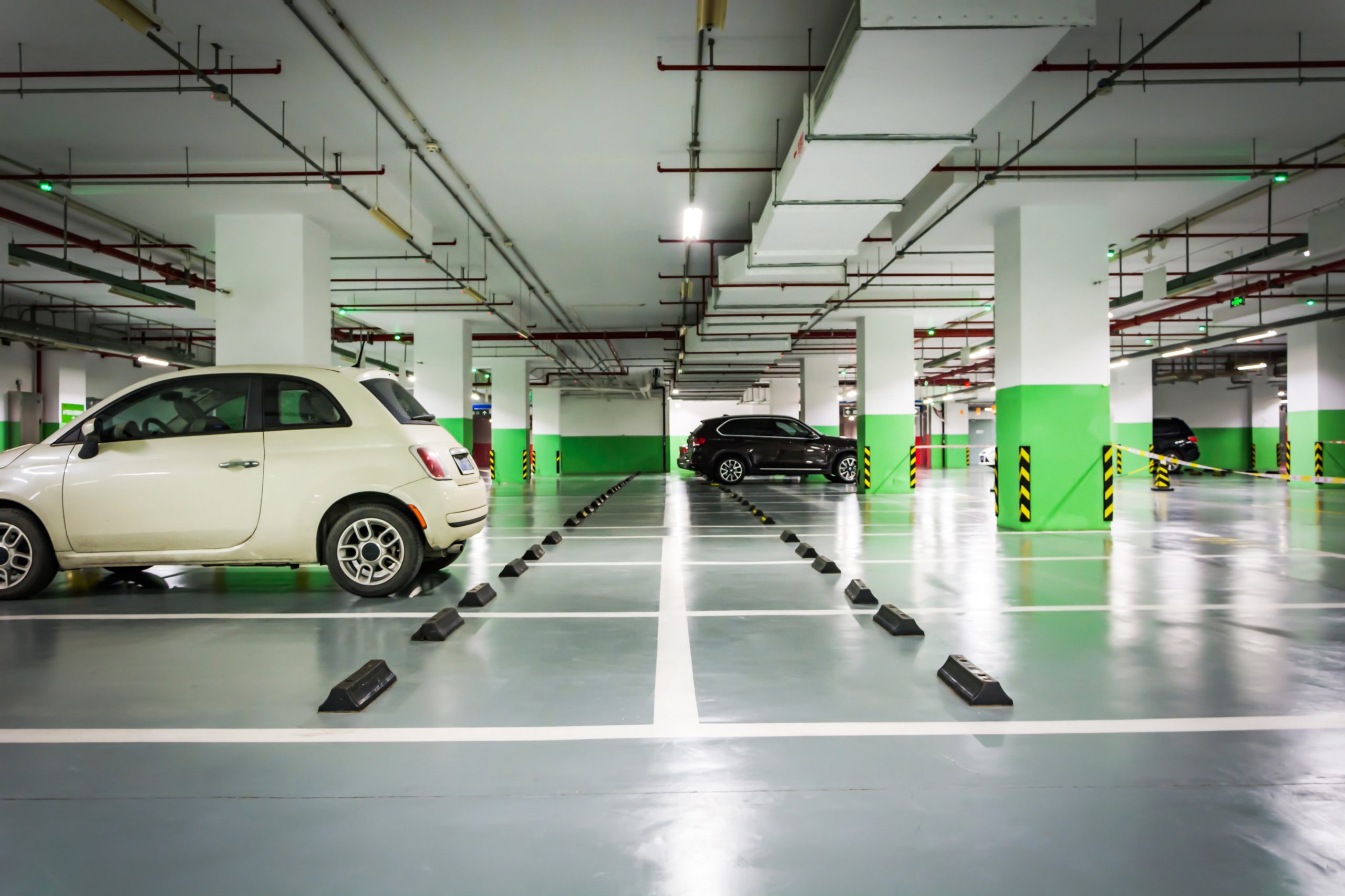What is the Process for Parking Lot Striping?

The process of parking lot striping involves several steps to ensure the proper application and longevity of the markings. From preparation to the actual striping, each stage is essential for achieving clear, visible, and durable striping. In this article, we will discuss the process of parking lot striping in the Reno Nevada area in detail.
Introduction:
1. Assessment and Planning:
The first step in the parking lot striping process is to assess the current condition of the parking lot and determine the striping needs. A professional striping contractor will evaluate the existing markings, measure the parking lot dimensions, and identify any specific requirements or regulatory guidelines that need to be followed. This assessment helps in planning the layout and design of the striping, including parking spaces, directional arrows, pedestrian crossings, and any other necessary markings.
2. Cleaning and Preparation:
Before striping can begin, the parking lot needs to be thoroughly cleaned and prepared. This involves removing any dirt, debris, or loose materials from the surface. A clean surface ensures proper adhesion of the striping paint and improves the overall quality and longevity of the markings. Sweeping, power washing, and using a blower are common methods to clean the parking lot surface.
3. Layout and Marking:
Once the parking lot is clean and prepared, the next step is to lay out and mark the striping. This involves using measuring tools, chalk lines, and stencils to mark the positions of parking spaces, directional arrows, and other required markings. Attention to detail and accuracy is crucial during this stage to ensure that the striping is properly aligned and evenly spaced.
4. Striping Application:
After the layout is complete, the actual striping application begins. Professional striping contractors typically use specialized equipment such as striping machines or spray guns for this process. The choice of equipment depends on the size of the parking lot and the specific requirements of the project. The striping paint used should be of high quality, durable, and suitable for the local climate conditions in Reno, Nevada.
5. Drying and Curing:
Once the striping paint is applied, it needs time to dry and cure properly. The drying time depends on various factors such as temperature, humidity, and the type of paint used. It is crucial to allow sufficient drying time before reopening the parking lot to vehicles and pedestrians. During this stage, it is important to ensure that the area is cordoned off or protected to prevent accidental smudging or damage to the fresh striping.
6. Final Inspection:
After the striping has dried and cured, a final inspection is conducted to ensure the quality, visibility, and adherence to regulatory guidelines. This inspection involves checking the accuracy of the markings, verifying the visibility of the striping during both day and night conditions, and confirming compliance with accessibility requirements, if applicable. Any necessary touch-ups or adjustments are made during this stage to ensure that the striping is clear, visible, and meets the desired standards.
7. Maintenance and Refreshing:
Parking lot striping is not a one-time process but requires regular maintenance and refreshing. Over time, striping can fade, wear off, or become less visible due to weather conditions, traffic, and general wear and tear. Regular maintenance includes periodic inspections, touch-ups, and re-striping as needed. This helps to maintain the effectiveness and visibility of the striping, ensuring a safe and organized parking lot.
In conclusion, the process of parking lot striping in Reno, Nevada area involves assessment and planning, cleaning and preparation, layout and marking, striping application, drying and curing, final inspection, and ongoing maintenance. Each step is crucial for achieving clear, visible, and durable striping that meets regulatory requirements and enhances the safety and organization of parking lots in the Reno area. Professional striping contractors with expertise in the specific requirements of the region should be consulted to ensure the quality and longevity of the striping.


